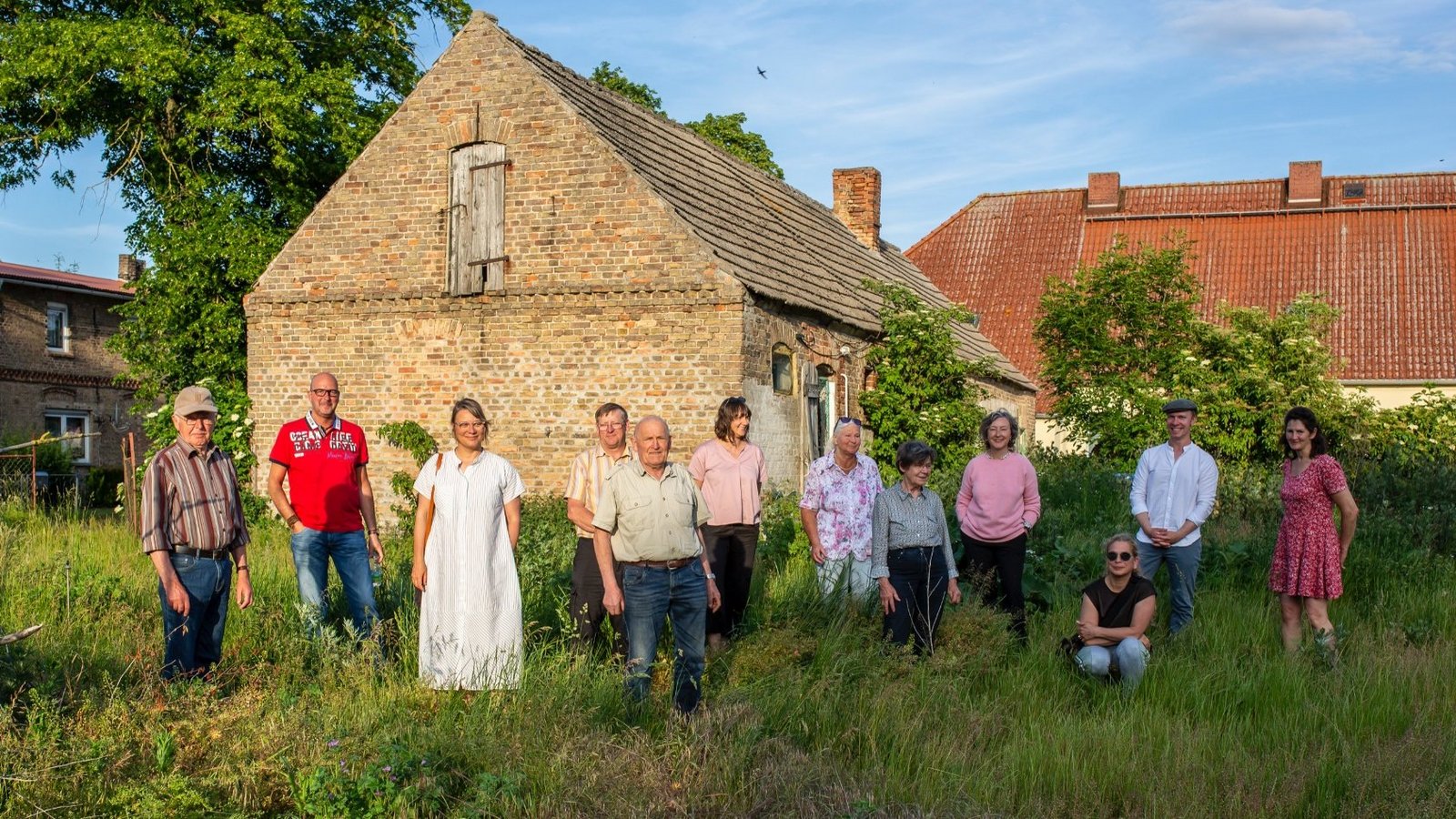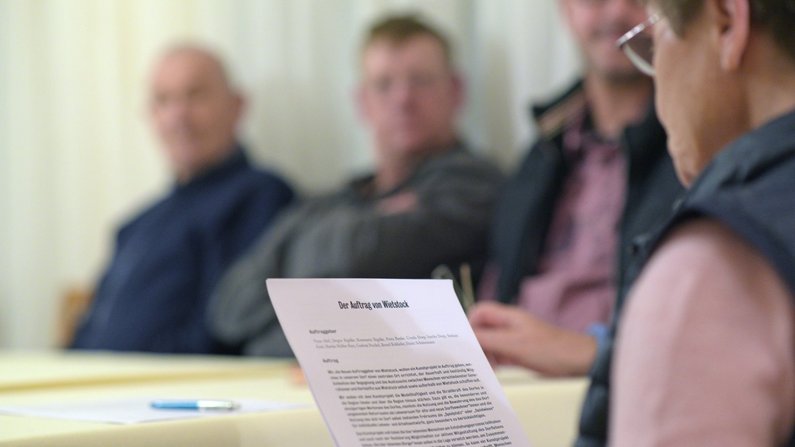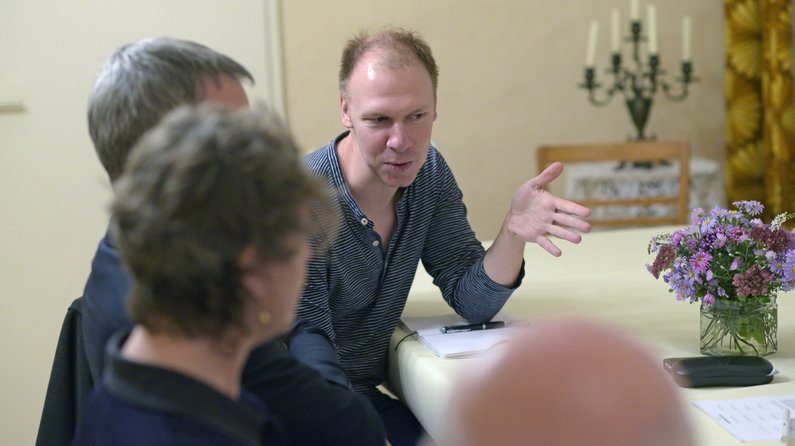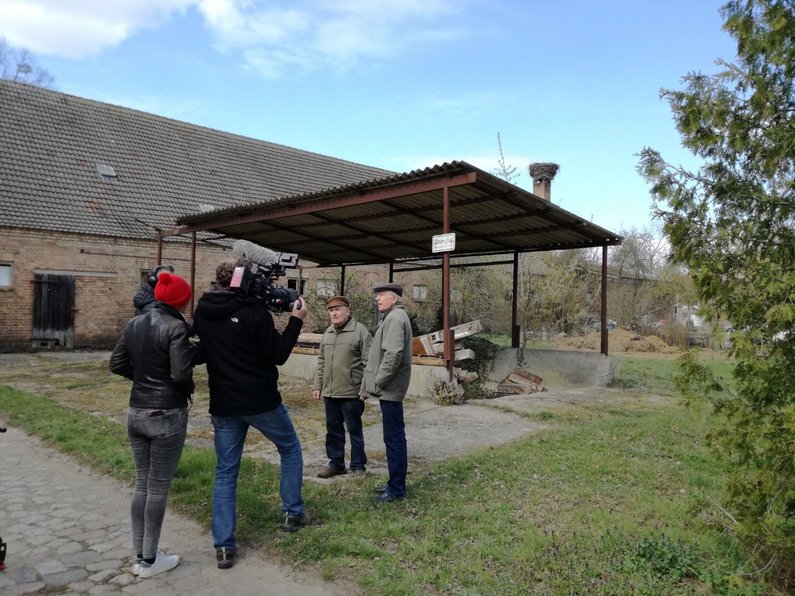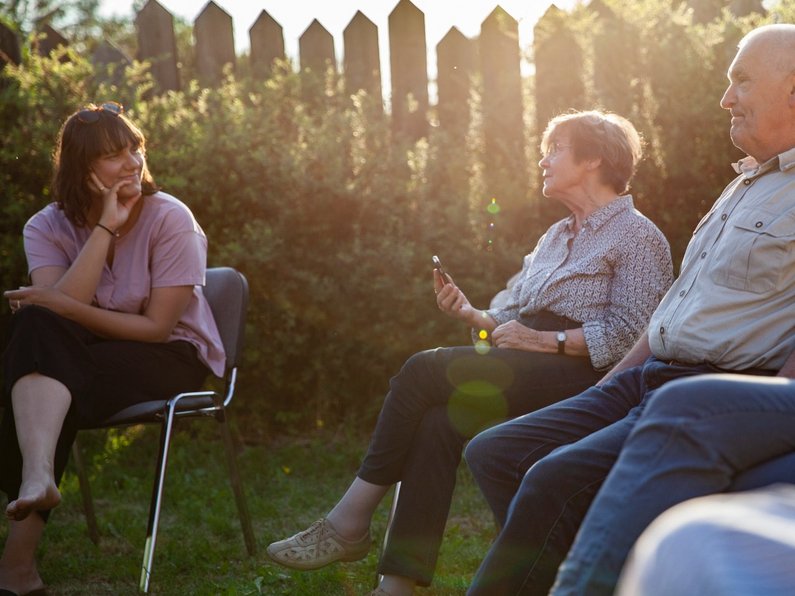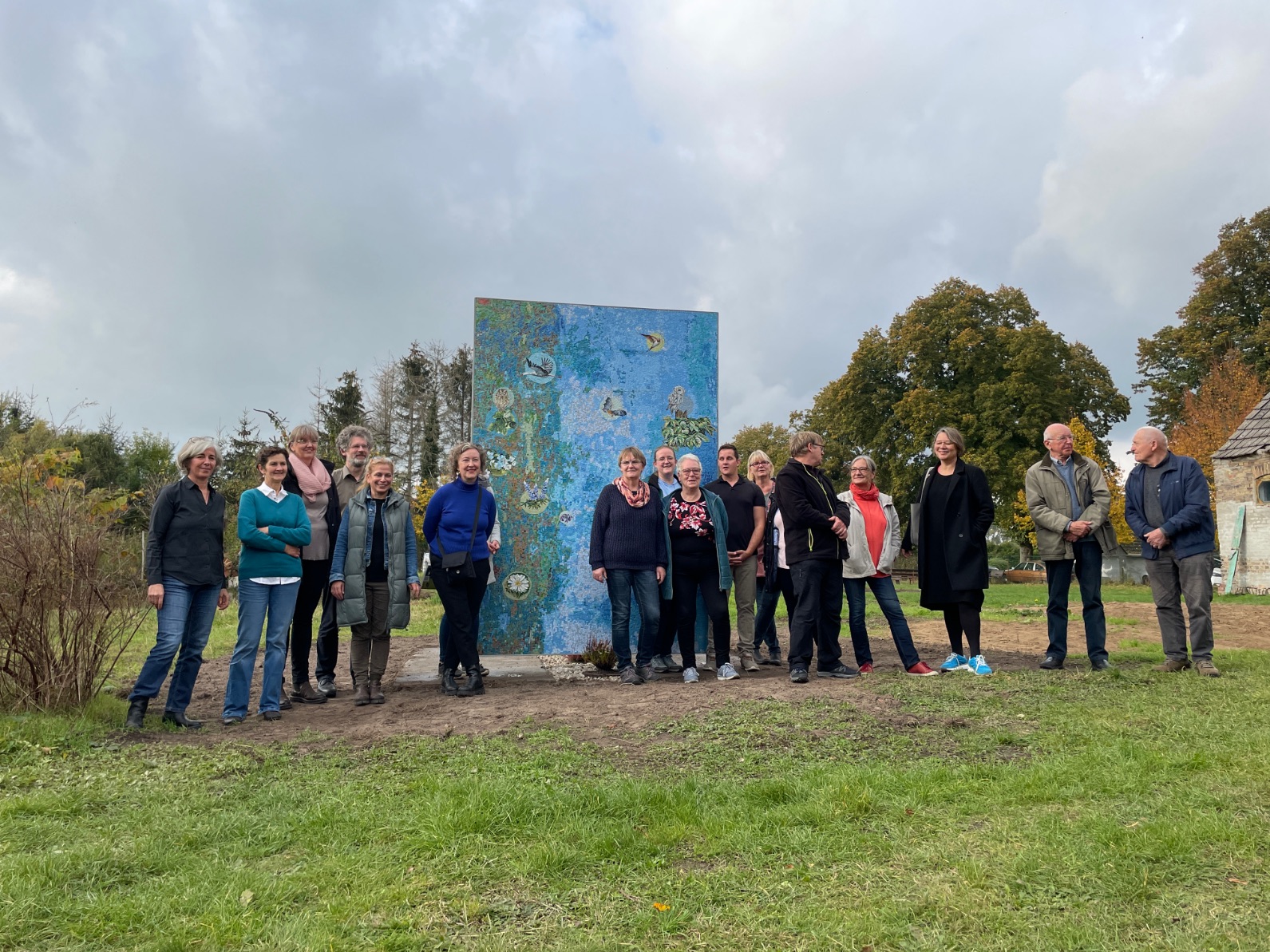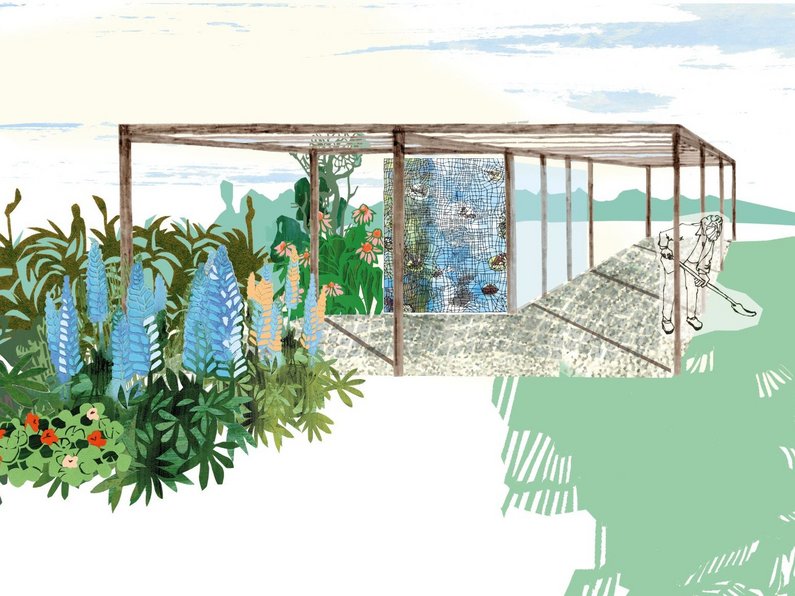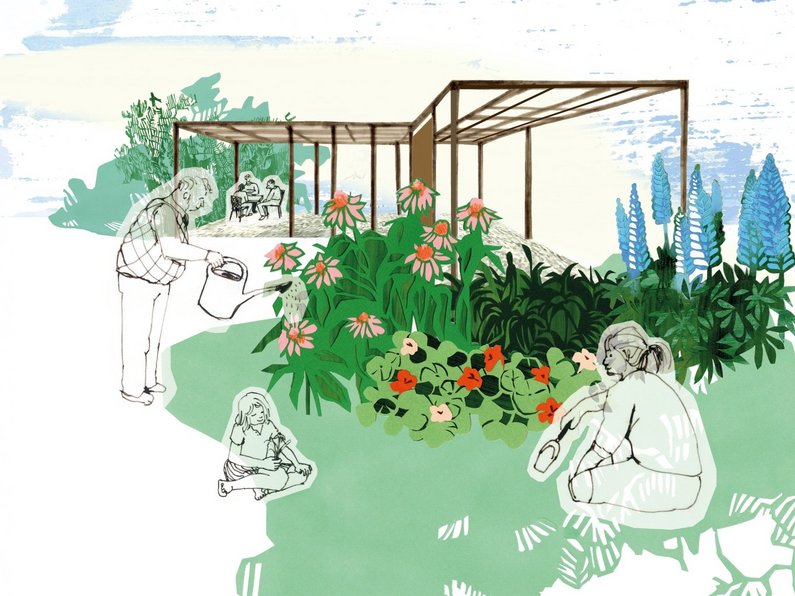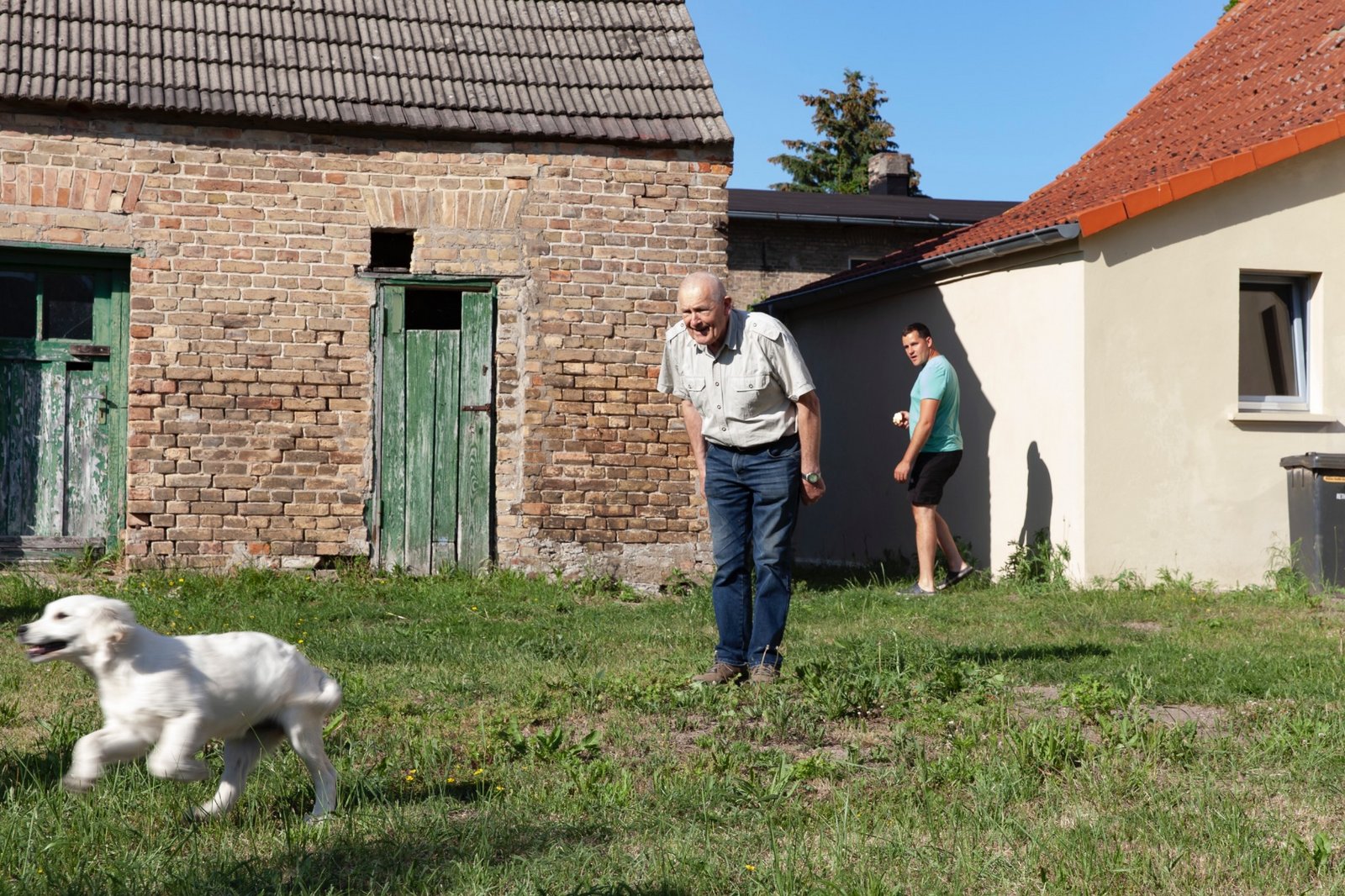Patrons: Nana Abel, Jürgen Bigalke, Rosemarie Bigalke, Petra Bunke, Sascha Dorp, Ursula Dorp, Stefanie Kaul, Martin Müller-Butz, Tina Netzband, Gudrun Peschel, Bernd Rohleder, Heinz Schünemann
Mediator: Susanne Burmester
Artist: Antje Majewski
Duration: 2019 ongoing
Partners: Kulturstiftung des Bundes (German Federal Cultural Foundation), Fondation de France
Wietstock is a typical village in Mecklenburg-Vorpommern in the early 21st century. About a hundred people from all walks of life come together in the village: former agricultural farm employees, Berlin weekend residents, drop-outs, young families who love nature. A heterogeneous mixture of different lifestyles, origins, generations and interests.
Some of the active members have renovated the village house as an association. They have developed a cultural program that is well received, even in neighboring villages. People see themselves as open and tolerant. However, they are not able to bring the village community together as they had hoped. And so the idea arises to start a project as New Patrons questioning their own community - and its future.
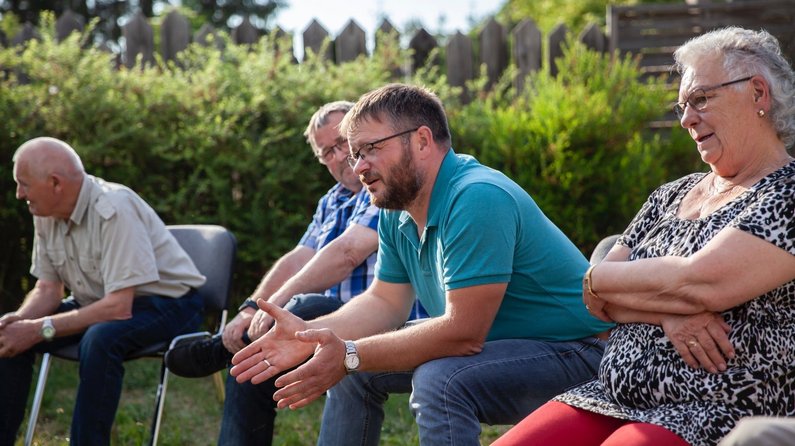
Members of the municipal council and village spokesperson during the presentation of the commission
Photo: Victoria Tomaschko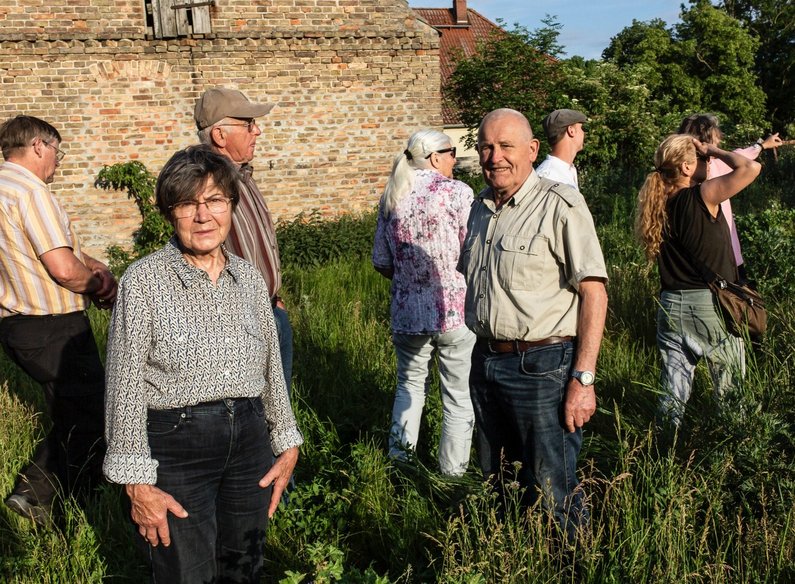
Meeting of the New Patrons of Wietstock
Photo: Victoria Tomaschko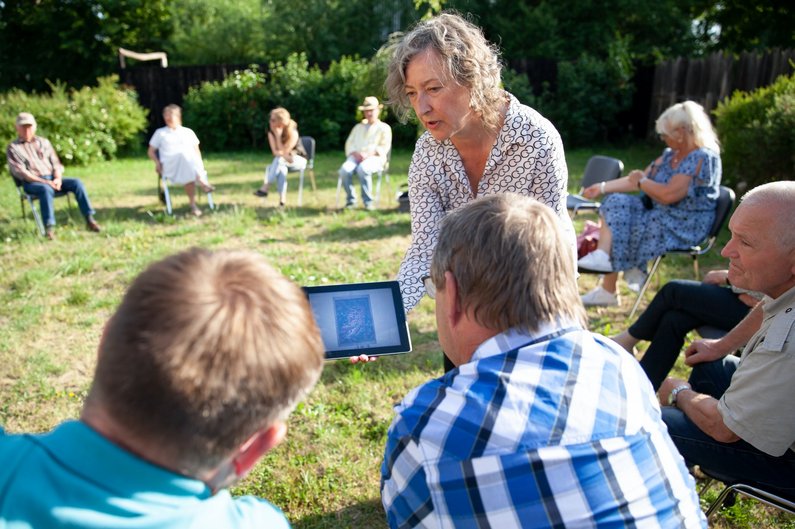
Mediator Susanne Burmester on site in Wietstock
Photo: Victoria Tomaschko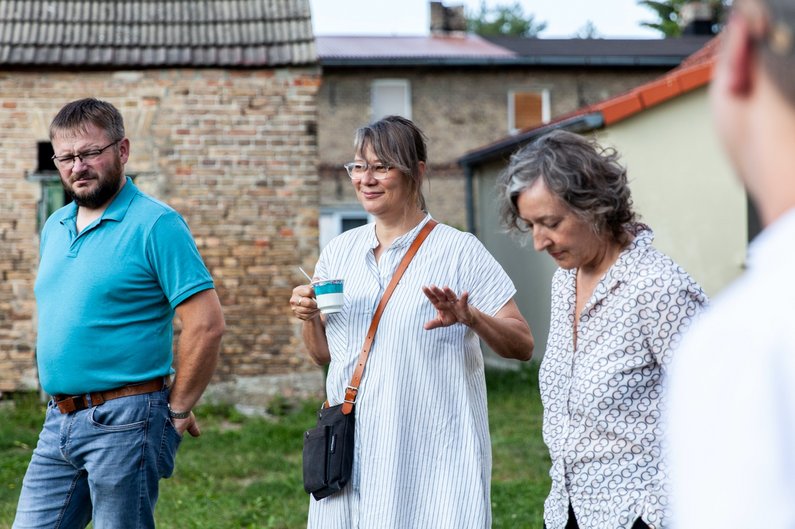
Antje Majewski visiting Wietstock
Photo: Victoria TomaschkoWith mediator Susanne Burmester, a group of 12 people begins a process of self-assessment: Who are we, who are the others? What is going well in the village, what is not. What should we use the village hall for? Conflicts become visible. Many voices are heard, some louder than others, not everyone agrees on everything. Of course not. But there is a one recurring common denominator - nature. Whether because of agricultural work, ecological awareness, or out of pure love for greenery or their own garden, everyone resonates in their relationship to nature.
Thus, the desire arises for a central place where people can come together in the green and which they can design together now and in the future. An artistic project is to be commissioned that creates the basis for this. The clients do not want anything finished, no solution to a problem, but something open and unfinished, a framework that can be filled with future action.
The decision was made to entrust the commission to the Berlin artist Antje Majewski. Her background is in painting, she thinks in pictures, but in her work she has often designed community processes and integrated nature into them. That sounds promising. Her first design, however, is not convincing. The clients reject it. They sit down together and do not feel entirely happy. Antje Majewski approaches the situation with empathy and develops a second draft that is more open, that takes the ideas of the clients more into account, that gives them more responsibility for the project, but at the same time demands artistic independence. And this time they come together.
1. A community garden for the entire village community is to be created, which is to be cultivated with orchards, herb and perennial beds, but also with plants from the gardens of the villagers, of which they know that they thrive on site and promise to be sustainably resistant even under the omens of future droughts. In this way, the competencies - the local knowledge - of the inhabitants are to be activated and disseminated.
2. A steel arcade, covered with photovoltaic panels, will add an urban and technical element that is also romantic. On the one hand, a walkway for moments of leisure and a multifunctional event venue, the construction also demonstrates the technical transformations without which no shift in tackling climate change will be possible.
3. One wall element of this arcade will bear a mosaic designed by Antje Majewski. It is based on a painting in which the artist has integrated wishes and images of the clients, animals and plants of individual significance for individuals, brought together in a daydream-like landscape. Translated into stone, this image will not only be a lasting presence in the village as a magnificent mosaic, but will also establish a link to the centuries-old tradition of mosaic art that has shaped many parts of Europe and the world. An art form that was also popular in the GDR, but also symbolically connects the village with Ravenna and Athens, Constantinople and Cairo.
At the end of October 2022, a first important step was taken in Wietstock: in the garden of the town house, the mosaic based on the design "Animals and Plants in Wietstock" by the artist Antje Majewski was inaugurated. This was preceded by many hours in the mosaic workshop Cosmomusivo Mosaik, where countless mosaic tiles measuring about 1 by 1.6 centimetres were processed on 5.6 square metres.
The clients and the artist understand this ensemble of form and design ideas as a model experiment in the sustainability of one's own involvement in the community. The garden invites to harvest and to celebrate. But it also needs care. The solar panels provide electricity to the village hall, but they also require maintenance and repair. And so Majewski's project becomes a long-term portrait of Wietstock and its citizens, a portrait that these citizens themselves have commissioned and will continue to shape, that will change with the commitment of the residents and perhaps, if all goes well, will become more and more beautiful.
